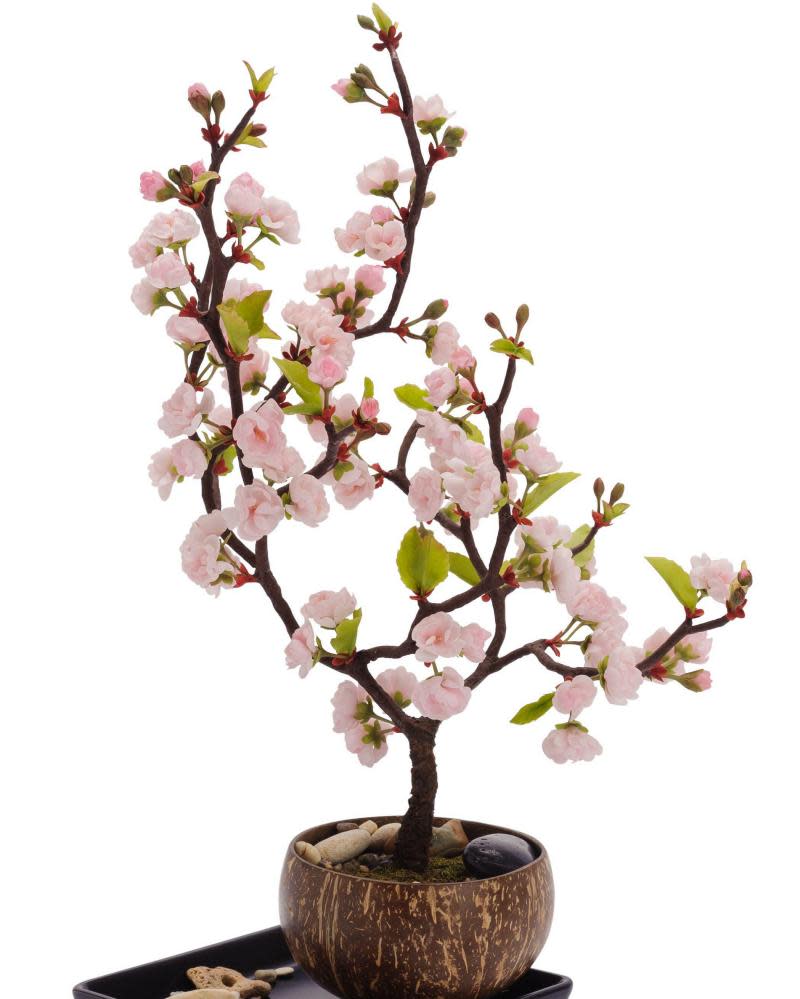Why is gardening so good for your mental and physical health?

With a growing body of research backing the idea that gardening can have measurable benefits to both mental and physical health, barely a week goes by in the horticultural press without a story on the positive impact it can have. As a geeky scientist, however, I wanted to know what it is specifically about growing plants that has this effect – and if we can answer this question could we make gardening an even more effective therapeutic exercise?
What is it about gardening which has such a remarkable therapeutic effect?
Put people on treadmills in front of screens projecting different views and those looking at green environments felt the exercise to be easier, had improved mood and better self-esteem than those without a view. However, when similar exercise experiments were run showing the same view either in black and white or with a red filter, they did not show the same benefits as those with the predominantly green view.
In theory this could mean simply that growing more evergreen plants could help boost the therapeutic efficacy of gardening. Does it have to be plants at all? Could just painting fences green have this effect? Or – dare I say it – would plastic plants trigger a similar response?
Well, research has shown that mindfulness exercises that focus one’s attention on the here and now and stop our minds wandering to the past or worrying about the future are an important therapeutic tool. Gardening is a classic example of such a mindfulness exercise, where you clear out extraneous thoughts and focus on what is in front of you, especially given the seasonal nature of gardening. In fact, many Eastern cultures that have a long tradition of mindfulness are fixated on the beauty of seasonal plants, such as cherry blossom, precisely because of their transience, not in spite of it. So, in my opinion, fake plants and a green fence are unlikely to provide the full benefit.

Likewise, it is often said that one of the key benefits of gardening has to do with the social interactions it can foster and that, good for you though all that greenery can be, it’s people that matter.
Indeed, studies conducted at community gardens found that gardening in such places has a significant positive impact on one of the key factors behind poor mental health – loneliness and isolation. One easy way to do this is to put more time and energy into your front garden. I have found that gardening like this instantly starts more conversations with neighbours, though, for introverts like me, chatting with half a dozen strangers a day does not always come naturally (even given the benefit of all the green plants).
It seems that attempting to isolate the benefits of horticulture down to a scientific set of instructions is far trickier than one might think. Each of these benefits appears to play only a small part in a much more complex puzzle, and the relative importance of each piece is likely to vary enormously for each person, to the point where they are often contradictory. When it comes to horticultural therapy, the best advice is it doesn’t matter how you do it, just do it the way that works best for you.
Follow James on Twitter @Botanygeek

 Yahoo Movies
Yahoo Movies 
